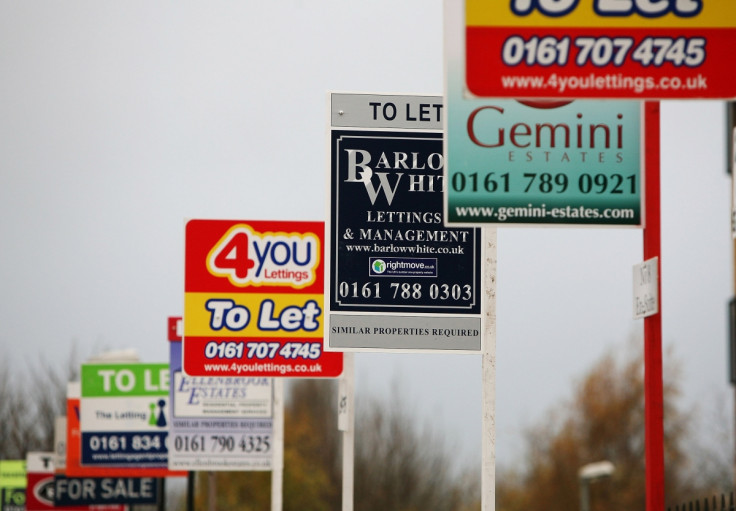Landlords reap bumper returns as rents and house prices soar

Landlords are raking in their best returns in more than a year as rents and house prices rise rapidly. The average annual return for landlords in January 2016 was 12% of their buy-to-let investment, or £21,988, reports the monthly buy-to-let index by the Your Move and Reeds Rains estate agents. That includes both income from rents and the capital gain made on the property price. It is the best total annual returns since November 2014.
"Buy-to-let returns are building and property prices are picking up – as the housing shortage across the UK intensifies," said Adrian Gill, director of Your Move and Reeds Rains. "Landlords' balance sheets are looking healthier than at any point since 2014, and property investors are looking at an excellent rate of return from their portfolios. With house prices rising rapidly into the New Year, this acceleration will be a welcome addition to the wealth of landlords on paper, while solid rental yields are underpinning total returns pushing well into the double digits."
The index said rent increases in England and Wales accelerated in January 2016, with the average rising by 3.6% over the year to £790 a month. In December, the annual rise was 3.4%. The biggest regional rent rise was in the East Midlands, where the average rose 5.9% to £605. In London, where rents are highest, the average increased 5.9% to £1,241. The average rent fell by 1% in the South East and North East to £763 and £512 respectively. House prices are also on the rise across the UK. The ONS said the average UK house price lifted by 6.7% over the year to December 2015, reaching £288,000.
Despite bumper returns, some landlords are threatening to quit the buy-to-let sector after a number of tax hikes by Chancellor George Osborne, who wants to squeeze them for revenue to fund policies aimed at increasing home ownership by supporting first-time buyers. Osborne has cut a relief that allowed landlords to offset their mortgage interest payments against their income tax bills, and an annual tax-free allowance for general property maintenance. Now only repairs actually carried out can be offset against landlords' tax bills. Moreover, from 1 April, 2016, an extra 3% levy will be applied to normal stamp duty rates for the purchase of additional property.
The Residential Lettings Association (RLA) surveyed over 1,100 of its members and found that 10% now plan to exit the market and 33% will consider discontinuing investing in buy-to-let. There will also be a late rush to beat the higher levy, with 46% trying to finalise property purchases before the new tax year on April 1.
"Stamp duty premiums on new buy-to-let purchases are the rhino in the room – everyone is talking about the 1 April deadline and the extra purchase costs are perceived by some commentators as potentially hazardous," Gill said. "But this is a little simplistic. Landlords are long-term investors and generally take good advice before making a new purchase, while the real changes will come when some landlords see gradual changes to their tax relief on mortgage interest. The rules around UK property are changing – but there is no bull in the buy-to-let china shop."
© Copyright IBTimes 2025. All rights reserved.






















